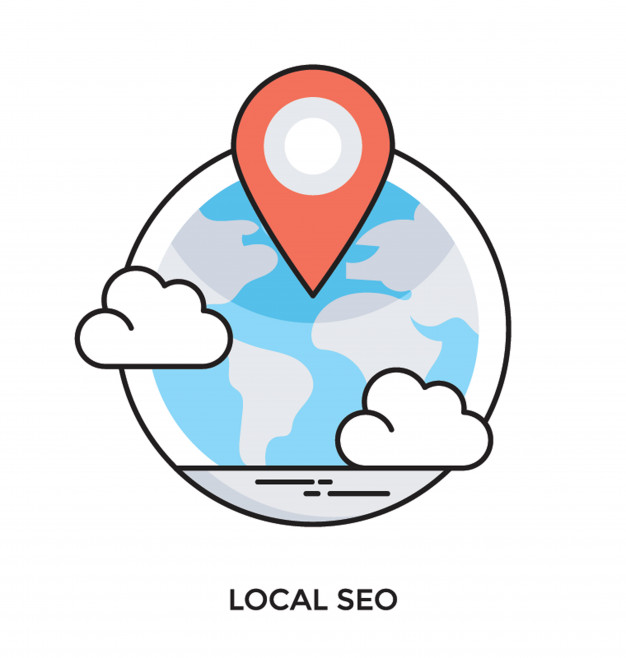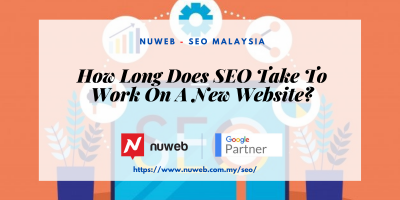If you run a small company, you will benefit from internet marketing and SEO services. However, creating content for the local business website requires a completely different strategy. Your SEO specialist can assist you with this, but you may do want to know a few details about it. Knowing the fundamentals of Google’s Micro-Moments definition, for example, makes you realize that many users use your website for different reasons. Some people want to know about your goods, and others want to buy something from you. Also, there are customers who want to physically visit your shop, whilst others will only want to complete a task on your website.
To address the different needs of potential customers, your local business website must have different types of content. Here’s a look.
- NAP
NAP stands for name, address, and telephone number. You must have this information on a variety of pages on your website. Ideally, the communication page should have your NAP in the top right corner. In addition, place the NAP in the header or footer of each page. Also, make sure that this knowledge can be quickly read by both human readers and search bots. It is also necessary to preserve the continuity of the NAP. For example, if your business is called XYZ, you do not name it XYZ Corporation, XYZ Firm, or XYZ only. Use the same spelling all around. Check for typos and other phone numbers and address mistakes.
- Home Page
Your website’s homepage is also the starting point for your guests. Some users are searching for fast information on the home page, whilst others will like more specifics. Your material on the home page should provide enough for all kinds of consumers. For example, you can use bullet lists for those searching for short data. At the same time, have informative texts on your offerings or what makes you stand out from the crowd, so that guests searching for more information are not disappointed. Another smart idea would be to include links to other sites on the website for more information. Often, consider updating the content of the home page every few months.
- Contact Page
Your contact page should include your NAP, a map, detailed instructions for commuting, updates on closed days and hours, links to your social media accounts and forum, a payment portal, and a call to action.
- Regulation on Customer Care
You should also create your customer service policy content and deliver it to all your staff, particularly your front office executives. You can also have a copy of the Customer Care Policy on your website, so that potential consumers can download and read it.
- Reviews and Testimony
Many consumers nowadays read online reviews before purchasing a product or service. Consider building a website with ratings and testimonials. Have a straightforward policy on sharing ratings and testimonials. Establish the terms and conditions for reviewers. For example, you can prefer not to allow unregistered guests to post any feedback. That way, you can win the confidence of your consumers and get more people to take your reviews seriously.








